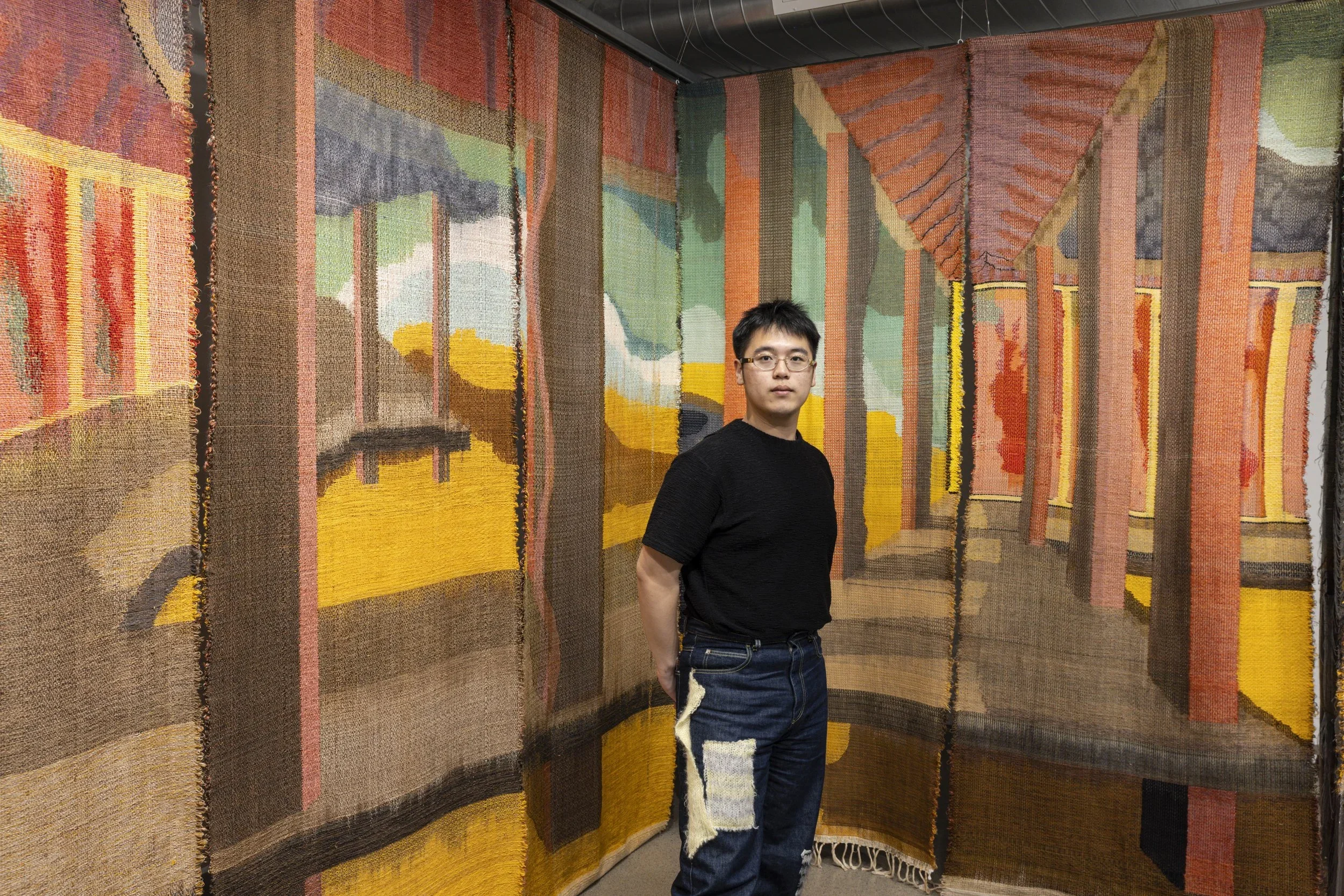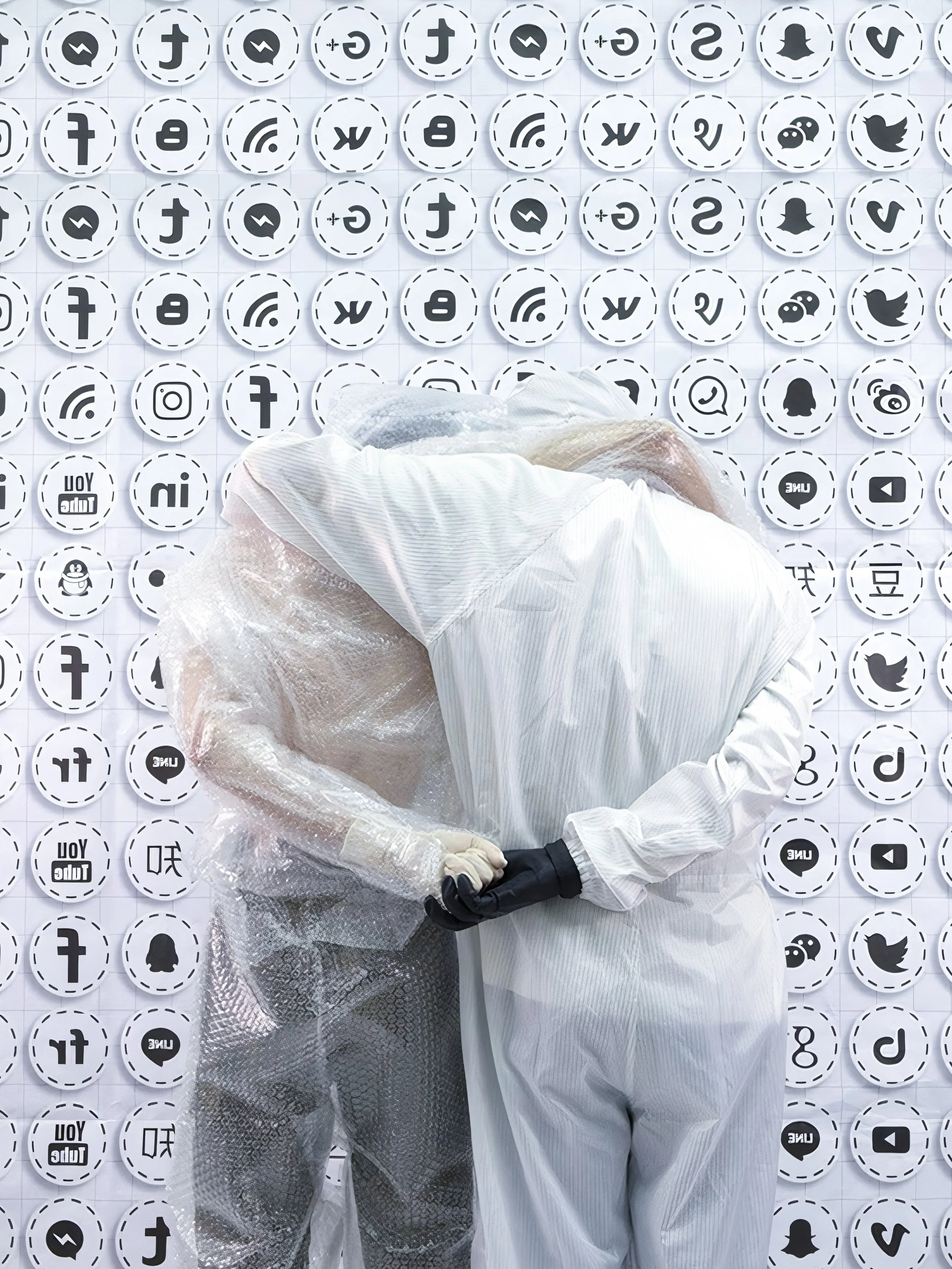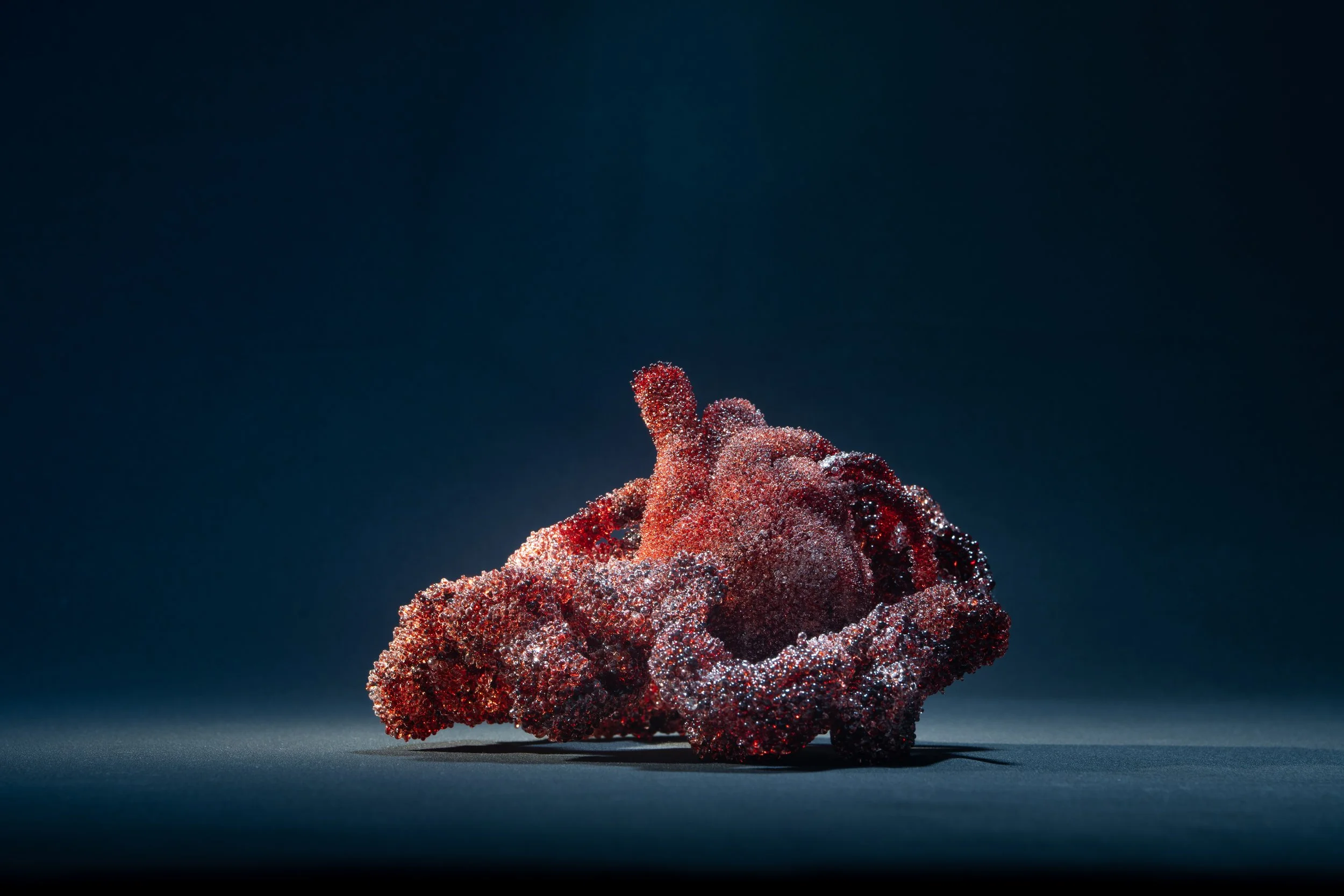10 Questions with Jiwon Kwak
Jiwon Kwak was born in Seoul, South Korea, in 1991 and received his BA from Goldsmiths University, London 2018, and MA from Royal College of Art, London in 2020. He has been working as a breakdancer at Arun Company since 2004.
Kwak's work is majorly influenced by Hip hop culture - the elements of Hip hop come from different regions and cultures and Kwaks is interested in how different elements come together and create something new.
ARTIST STATEMENT
Everything in this world follows its power and order. Often collide with each other to create something new but also sometimes end up disappearing. My practice questions where these power and the order originate from and how it all began. Thus my work revolves around the most fundamental question that humans have been asking from the beginning: It explores the collision among many existing things on the earth; in questioning the power and the order, I continually create work through the experimenting of bringing the things together. It provides awareness in the viewers' minds that they are the contributors to the global society and allow them to think about living and prosperity.
Bread Man, Jiwon Kwak©
INTERVIEW
Why are you an artist, and when did you first become one?
So far, I don't have any solid reason behind becoming an artist. I would say having a reason behind it will make my motivation towards the work unstable because once the reason disappears, I lose the purpose of doing work. I showed remarkable crafting talent from an early age and often enjoyed lost in thoughts. I assume these might be the factors for me being an artist.
Could you tell us a little more about your background and how did you begin making art?
I have to share my personal stories to answer this question. There was a girl I had a crush on when I was about 12 years old. As a young boy, my greatest concern was how to be more appealing to my crush. One day I was crossing the mall in my town and saw a group of guys breaks dancing. At this moment, I was fully convinced that breakdancing is the key to get her attention. I immediately started breakdancing the next day. As my dancing passion became bigger, I eventually fell in love with dancing instead of the girl. I became an active breakdancer, getting invitations from the national competitions and shows. My life as a breakdancer naturally drove me to research and study hip hop and its academic side as well. It allowed me to explore deeper and the wider part of the culture in many different areas and increased my desire to reinterpret and express it in other mediums than dancing.
Puffer Vaccum, Jiwon Kwak©
Puffer Vaccum, Jiwon Kwak©
Puffer Vaccum, Jiwon Kwak©
Puffer Vaccum, Jiwon Kwak©
Can you tell our readers what experience of your life is reflected in your works of art?
As I mentioned previously, my work started with breakdancing and studying hip hop. These elements are often reflected in my artwork. The most valuable thing about hip hop is that it accepts many different cultures. It is created through a mixture of different cultures that still exist due to the blending of them. Hip hop indicates its existence is only possible due to various types of cultures in the world. I find myself searching for something composed of various things other than hip hop and realized it applies to almost everything that surrounds us. As none of the things we are facing are driven by one element, every component is valuable and needs to be respected. I see the same story explaining creating a culture and wanted to speak it through the work. I want my artwork to point out the importance of blending and used as a vehicle for spreading positive energy of accepting of different things.
Where do you find inspiration? And how do you engage with your network?
I often find my inspiration from cartoons. They disguise themselves as humorous stories, but once you take time to look into them carefully, cartoons always have direct messages about today's society behind them. Its use of satire is the method I often apply to my artwork; I prefer to treat important subject matter I would like to discuss through my work with corky and humorous elements. In this way, I allow my audience to approach my work without reluctance, despite my work's topic could be serious.
My work's humorous side creates a natural exchange of ideas and discussion among the audience, artwork, and the artist. This process also brings me closer to the subject I'm treating, creating a deeper engagement in the subject exposed to the audience through my work, and establishing a connection with the public and the community.
How long did it take to develop your own techniques?
In a way, making artwork is all about research. I have treated and explored various subjects throughout my BA years of art school. During this time, I paid attention to the most memorable and relatable topic to myself. Overlapping the collective subjects that interest me the most, I tried to deeply penetrate the core part to figure out what fascinates me the most. Based on this, I was able to find my voice and the most effective way of expressing my work in my MA years. I plan to use this technique continuously in the future to establish more structured work and the subject.
Bread Man, Jiwon Kwak©
What aspect of your work do you pay particular attention to?
I pay particular attention to 'humor.' I want my audience to be amused by my artwork and enjoy it. I should have fun with my work from the beginning to let the public feel the same way I feel about the work.
What are you trying to communicate with your art?
My artwork represents my other identity. And when I present it to the public, it is equal to myself having a public speech. Therefore, I inherit my purpose and the message as directly as I can with my artwork. I consider artwork one of the languages, and though its subject might be interpreted differently by different people, the core message should be delivered directly and clearly.
How do you keep yourself up to date with the latest digital trends and technologies that have today a significant impact on the art world?
I have a positive belief in the influence of digital and technology in art. I could use language as an example to explain this further; it is similar to creating a new word that defines the expression humans couldn't come up with and expand the boundaries of language.
Like many other artists, I try to get myself involve and follow the most updated digital trend. I think about applying the trend to expand my work boundaries and what changes my artwork will bring with newly digitalized techniques.
Peanut Girl, Jiwon Kwak©
Peanut Girl, Jiwon Kwak©
Peanut Girl, Jiwon Kwak©
Peanut Girl, Jiwon Kwak©
Peanut Girl, Jiwon Kwak©
What is the most challenging part about being an artist during pandemic times?
I can't choose one specific part. However, perhaps those who do not follow the basic rule to prevent further disaster in the pandemic could be considered the most challenging part. This does not apply to artists only but to the general citizens as well. As the Renaissance period blossomed after the Black Death swiped Europe, I hope to see the world's positive change after today's pandemic ends.
Do you have any upcoming shows or collaborations you are looking forward to?
I have forthcoming shows in January and February. I'm collaborating with an artist named Christine Lee, who has been featured in Al-Tiba9 ISSUE06 at the space called BOM. This space used to be a traditional South Korean gristmill but has been renovated and reconstructed as a space for art and culture. The exhibition in February is happening at CICA Museum. Its space has its history of evolving from a personal studio of a South Korean artist who established the Czong Institute for Contemporary Art.



























